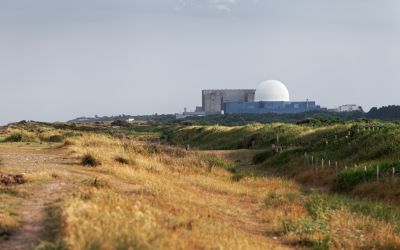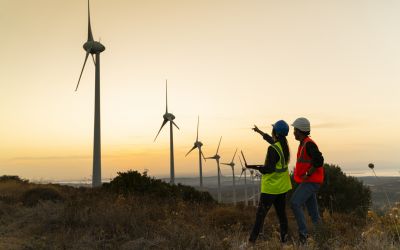A Post-Carbon Economy
Lord Mayor of Adelaide Stephen Yarwood spoke to Climate Action about how the city is embracing low carbon solutions
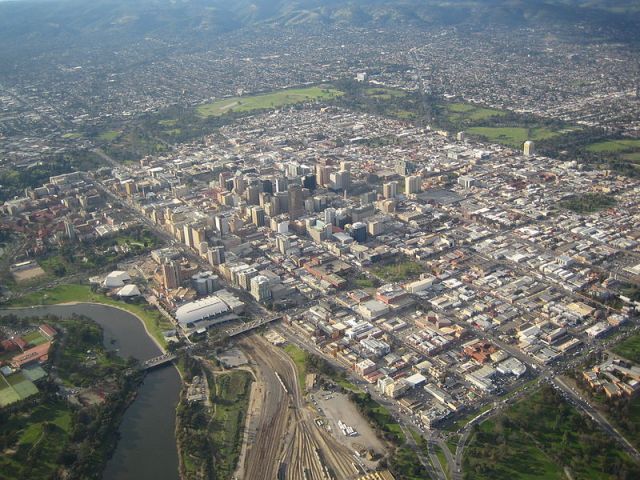
A town planner with nearly 20 years’ experience in state and local government, Stephen Yarwood has dedicated his professional life to developing cities. Climate Action spoke to Mayor Yarwood about his vision for Adelaide as a modern, vibrant and sustainable place to do business, live and enjoy life.
Having worked in sustainable urban planning all around the world, what has driven your passion in this field?
The world is changing. Dealing with nine billion people - especially six or seven billion living in cities alone - is going to be a huge challenge.
Cities are the drivers of change and where many exciting innovations occur. Since I want to make the world a more sustainable, liveable and productive place, cities generally offer the best trial sites to effectively view the results of forward-thinking initiatives.
Action starts locally and I am passionate about growing Adelaide into a modern, vibrant and sustainable place to do business and enjoy life.
Adelaide recently ranked fifth in the Economist Intelligence Unit’s Liveability Survey. What makes Adelaide such a liveable city?
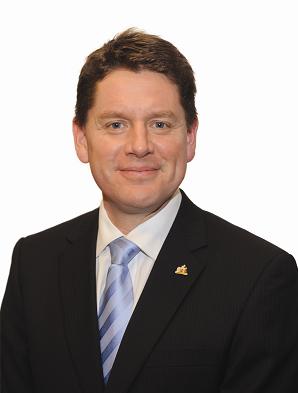
"Adelaide is blessed with an incredibly functional, hospitable and compact geographical layout"
Nestled neatly between the Adelaide Hills and the Gulf St Vincent, Adelaide is blessed with an incredibly functional, hospitable and compact geographical layout. The flat terrain of the city makes it ideal for walking and cycling, with Adelaide also renowned for its large belt of parklands (measuring more than seven square kilometres) that encircle the city. Coupled with the lush squares of the civic centre, these open spaces provide the community excellent opportunities to relax and retreat from daily routine. These native areas are also ideal central locations for sports, recreation and special events.
Different corners of Adelaide reflect the city’s multiple personalities; the streetscape amenities of many of the major thoroughfares give a clear sense of the varied functions of the city’s precincts. From ornate historic cottage residences through to innovative high-rise apartments, residential options in the city remain impressively diverse; there are opportunities here for all financial and aesthetic requisites.
The city has a very high level of quality services and facilities that are improving all the time. Ongoing activation projects continue to enhance safety - and the perception of safety - in the city, which remains a huge factor for liveability.
It's all about balance. Not only do we enjoy a great natural environment and strong planning systems resulting in sound infrastructure and good housing choice, Adelaide also benefits from great weather and quality local food and wine, plus a focus on arts, culture and innovation. Colonel Light’s social experiment seems to have worked very well!
You recently announced a 10-year vision for the city; can you tell us more about this? What do you think the main challenges are for realising this vision and for urban sustainability in general?
My ambition for Adelaide builds on this city’s heritage as an arts and cultural destination. By coupling our artistic side with the prevailing information economy, we can nurture more local entrepreneurs and extend the city’s commercial viability later into the evening.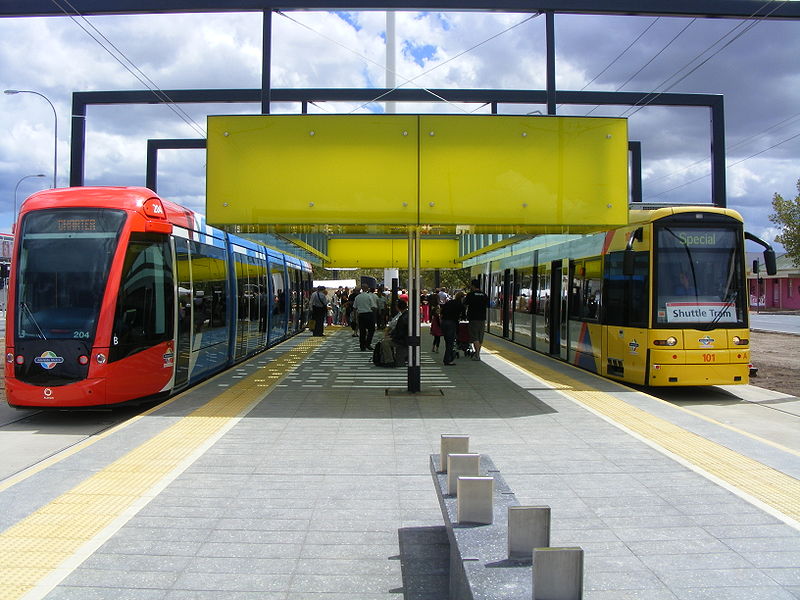
Urban sustainability requires a supportive planning system, excellent transport networks (pictured left) and a broad mix of residents and city users. Our sustainability challenges include astutely identifying the under-utilised areas and assets of our city to ensure we aren’t overlooking rich opportunities or extraordinary potentials available to us. The positive frameworks we already have in place have been stimulated by state government projections of tram extensions throughout the city, which would greatly enhance connectivity and movement, but we need to focus our attention on where Adelaide City Council’s intervention can really make a difference.
Central to my vision for the future of Adelaide is a much higher residential population. Residents add vibrancy and are inclined to use the city beyond general work hours – for many that’s a core attraction of city living in the first place. In terms of building a sustainable city, an increase in residency provides a broader base of intellectual, artistic and technological creativity to support viable new enterprise, employment and economic growth. A higher populace in turn leads to the need for a broader range of facilities, which provides the opportunity to create new, exemplary services that align with the city’s forward-thinking outlook.
Our biggest opportunity is also our challenge; Adelaide will not be successful if people don't invest and believe in our future. Getting everyone to share a vision and work in the same direction is the most important part. The city is enriched when community residents add their voices and play an active role in these positive changes.
Part of your vision for Adelaide is to increase population density in the city centre and reduce urban sprawl. How is this being realised and why is this important for sustainable development?.jpg)
It's significant that 51 per cent of all City of Adelaide residents walk to work. Research suggests many also ride a bicycle more regularly than suburban residents. Data also proves the closer you live to a city centre, the lower the carbon lifestyle you maintain. Living in the city offers great opportunities to connect with your community by walking around the areas in close proximity to your home. As a keen advocate of both riding and walking, I find it also saves me a huge amount of time not sitting in traffic jams!
Moderating urban sprawl has been addressed via the city’s placemaking strategy, which is working to effectively develop Adelaide’s spaces. By engaging with the communities who live, work and utilise these areas, a number of effective and inspiring projects which revitalise, invigorate or inspire have already been implemented. The placemaking strategy has the ability to turn tired and underdeveloped zones within the city into vibrant communal hubs. By delivering beneficial upshots in the environmental, economic and social realms, it could be suggested the best placemaking strategies not only provide for today’s consumers, but also keep an eye on the needs of future generations. Placemaking is bringing life to the streets.
Given my interest in population growth within the city, we have been actively working to inspire more people to consider making it their home. Recent amendments made to the Adelaide City Council’s Development Plan allow a greater density of housing and places and emphasis on mixed-use development in more areas of the city. Not only do compact urban forms offer the opportunity for sustainable, forward-thinking designs, they encourage active modes of transport such as walking and cycling.
The website, alreadyhome.com.au is our primary mechanism for promoting the city’s residential opportunities. We recognise that the lifestyle on offer is what makes living in the city so special, with the council working on ensuring housing of different types and price ranges remains available. Ergo apartments, a Council-backed inner-city development, is part of this picture. The successful project, which recently sold out its first stage, has welcomed first-home buyers who historically might not have been able to afford city property. We are working to ensure as many people as possible are able to call the city home.
Improving walking and cycling in the city is also an issue close to your heart. What initiatives do you have in place to improve this?
Adelaide City Council has worked closely with the South Australian state government and invested significantly in pedestrian and cycling infrastructure. Our November 2012’s Smart Move Strategy outlined council’s plans to steadily improve bicycle infrastructure over the next decade, implementing a connected bike network and more amenities for cyclists across the city. Many of these developments are aimed at making cycling in Adelaide an easier and safer option, thus encouraging more riders.
"2012’s Smart Move Strategy outlined council’s plans to steadily improve bicycle infrastructure over the next decade"
A number of the Smart Move proposals have already been implemented. New shared pedestrian and cycling paths have been established in the parklands, while the major Anzac Highway arterial now includes bike lanes both in and out of the city. After a rigorous consultation process, a Frome Street Bikeway offering cyclists additional safety parameters will be constructed by May 2014. Bike lanes have been improved and widened across the city, with 3.5 kilometres of lanes now painted a vivid green to improve their visibility to road users. Bike boxes - painted roadway zones allowing cyclists to wait in front of motor vehicles stopped at traffic lights - have also been established at nine intersections across the city.
As well as installing 40 new bike rails within the past 12 months (taking the total to more than 550 within the council area), there are now secure bike cage and bike locker facilities at a number of council locations within the city. The council’s City Bike program, which has offered free bike hire at a number of central locations since 2005, continues to be a success in making the community active and mobile. While these are all important steps, there are more to come: future proposals include installing spaces where cyclists can shower and store their belongings.
Adelaide City Council sponsors a number of community-based projects designed to encourage more people to ride, either as a transport option, for recreation or for fitness. The annual Tour de Work programme in February and Ride2Work Day in October have steadily grown in popularity and these events attract both first-time cyclists as well as seasoned riders. In May 2014, Adelaide will host the Velo City Global conference. This is the first time the conference has been held in Australia and will welcome a range of delegates from across the world.
A better cycling culture means fewer cars, cleaner air and a healthier, fitter community – all positive outcomes for Adelaide!
Adelaide is a very car dependent society and to improve walking and cycling in the city there is a necessity to reduce this dependency. What is being done in Adelaide to address this? 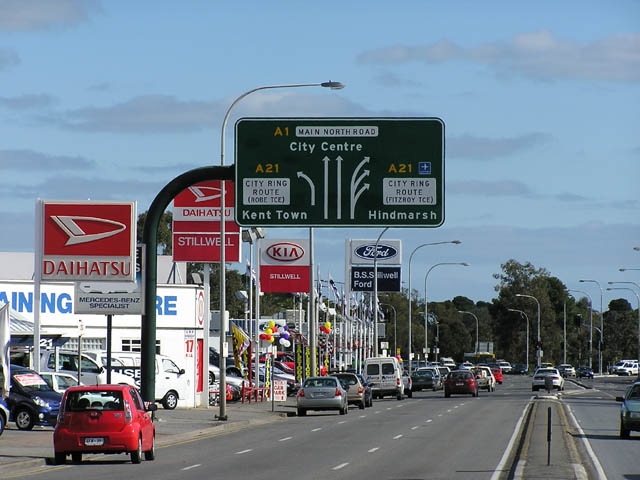
As much as possible! Adelaide City Council’s Strategic Plan 2012-16 outlines Council’s desire to develop a transport system for the city that balances competing demands, encourages low-emission vehicles and advocates car-sharing formats. Spaces have been allocated within the Council’s Rundle Street UPark car park specifically for car-poolers, while organisations and individuals are encouraged to use the adelaidecarpool.com.au site and take part in the car-pooling scheme. We are also advocating the expansion of GoGet, Australia’s first professional car-sharing service, within the city.
The aforementioned Smart Move Strategy is at the forefront of educating people on transport alternatives and instigating travel behaviour change. We are implementing changes to pedestrian crossings to increase foot traffic in the city, introducing both countdown timers and pedestrian priority at certain traffic signals. Our placemaking projects also serve to create more safe and agreeable routes through Adelaide for those on foot. With public art installations and Splash Adelaide projects constantly altering even the familiar areas of the city, those who opt to walk our streets rather than drive them often find themselves privy to inspiring new creations and exciting developments on even the most inauspicious backstreets.
You have previously highlighted the importance of Adelaide being globally competitive in a post carbon economy. How can this be achieved?
Guaranteeing Adelaide a robust global status in a post-carbon economy requires all levels of government make astute forecasts and develop long-term plans rather than become mired in contemporary wrangles. Our 2013-2014 Business Plan & Budget makes specific reference to crafting a city that uses fewer resources and supports local ecological systems, but also works to attract new businesses and innovative placemaking schemes by reducing small business red tape. We believe in creating a well presented, clean and safe city that minimises its carbon footprint and offers residents all the amenities they require within the one space.
"We believe in creating a well presented, clean and safe city that minimises its carbon footprint"
Staying globally competitive requires Adelaide to not only build on its recognisable strengths, but also fosters new, existing or external businesses that can supplement the city’s economic growth and align with our vision. In an increasingly knowledge-based economy, we must also support the businesses providing rewarding and stimulating employment and entrepreneurial opportunities within our city.
By tapping into the labour resources of the local, interstate and international students who choose Adelaide for their tertiary education, we can harness a workforce where new graduates can remain in South Australia rather than pursue opportunities interstate and overseas. If more excellent business opportunities can be locally nurtured, Adelaide’s greatest post-carbon resource could be a future generation of creative minds working together in a vibrant, productive city. It is a long journey and we must do everything we can today to equip ourselves for tomorrow.
You have recently joined the Global Executive Committee at ICLEI – Local Governments for Sustainability. As Lord Mayor of Adelaide, what are the key experiences you feel you can bring to the position?
As well as spending a great deal of time studying the topic, I have enjoyed significant professional experience in the business of cities over many years. While I acknowledge there is always a lot more to learn, I feel it is also important to impart my knowledge and support other cities that have significant overhauls ahead of them. Understanding the issues is one thing, but communicating them clearly to a broad range of stakeholders - and subsequently getting people to work together for constructive change - can be a key challenge. It is a challenge that I enjoy.
Adelaide City Council has achieved much in the period I have been a Councillor and Lord Mayor – we have reduced our greenhouse gas emissions by 60 per cent and our potable water use by more than 70 per cent. We are now aggressively reducing our energy use through energy efficiency projects such as replacing our public lighting with LED lights. We know what it takes to achieve real sustainability outcomes and I feel that we ‘practise what we preach’ when working with our community and business partners in the city. These experiences in delivering real results will be of great benefit to me in my role on the ICLEI’s Global Executive Committee and I look forward to bringing my knowledge to the organisation.

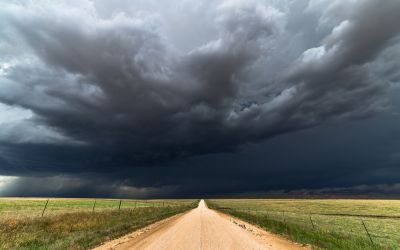


_400_250_s_c1.png)
